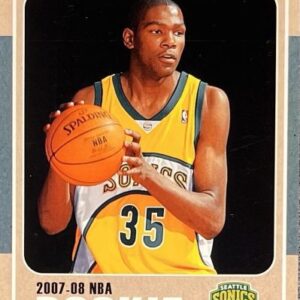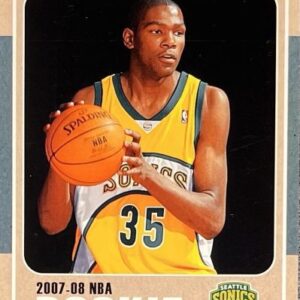Once upon a time, in a galaxy not so far away—because let’s face it, it’s actually just your local big-box store—there exists a curious scene unfolding every Friday morning. Behold, a line of eager individuals snaking its way from the sliding glass doors to the parking lot, like a human centipede of anticipation, albeit much less grotesque (actually, not grotesque at all—calm down, internet). This peculiar formation is a gaggle of Pokémon card enthusiasts and hopeful speculators, all itching to get their mitts on the latest wave of those glossy cardboard artifacts that, at times, seem more valuable than gold dust—or at least their price tag would suggest so.
Welcome to the Pokémon Trading Card Game (TCG) mania! A phenomenon that has reached fever pitch, leaving nary a booster pack on store shelves for the casual collector or the wide-eyed youngster who dreams of becoming the next card-slash Pokémon master. Ah, to be a child with a colossal allowance. Alas, that’s more fantasy than reality these days, as prices balloon to wallet-crushing proportions.
The frenzied scene begins to unfold each Friday with the religious zeal of a consecrated ritual. Restock day: a sanctified occasion for collectors and scalpers alike. Our fervent bunch lines up like ardent pilgrims at the gates of the Grand Poké-Treasury, each hoping their future investments might yield the spoils of grown-ups’ nostalgia, emulating the bliss of youth with rich dividends. For many flippers, it’s all about the Benjamins whilst lacking any true passion for the Pokémon realm. Armed with credit cards extended to the heavens and pockets brimming with ambition, these opportunists grab everything in sight with as much fervor as a Snorlax at an all-you-can-eat buffet.
Unfortunately, in this tale of acquisition and speculation, the innocent bystander often gets trampled on—figuratively, not literally, we hope. Those just wanting to revel in the thrill of collecting, young trainers who genuinely wish to engage with the poignant nostalgia of Pokémon, find themselves priced out, elbowed aside in the mad dash for profit. The spoils often reemerge online, their prices mocking the original MSRP from the comfortable, albeit exorbitant, distance of the digital marketplace.
Enter the world of overprinting. Like a Pokémon trainer armed with a cheat code, The Pokémon Company has ramped up production in an attempt to satiate the ravenous appetites of the market. The idea, on the surface, seems noble. But has the demand for scarcity diluted faster than a Squirtle’s Water Gun? With sets like “Evolving Skies” and “Crown Zenith,” and special events like the famed “Van Gogh Pikachu” promotional card—of which nearly 40,000 PSA 10 graded copies float adrift in the seas of commerce—saturation is hitting critical levels. The once-coveted image of a rare card now beckons the hard truth: rarity is much like a Snorlax—increasingly hard to move.
Talk of the Pokémon TCG world often echoes the haunting tales of the 1990s sports card bubble, a saga of overproduction and shattered dreams that still sends shivers down collectors’ spines. In those dark days, card manufacturers drowned the market in an ocean of “rare” collections. The term rare became about as meaningful as a Zubat in a cave: way too common to be considered special. Collectors were left holding onto cardboard weights, their portfolios as flat as Magikarp’s Splash.
The Pokémon TCG of today, in its frenzy and feverish speculation, seems poised for a similar destiny. Prices escalated on the wings of hype rather than the firm ground of genuine rarity. Like an over-energized Raichu, every charged transaction seems a little spark towards the inevitable crash. Some question—when will the bubble meet its prickly end?
Predictions on such matters are as wild as your pre-caffeine morning mind, but there’s a sense that we are nearing a climactic saturation point. Credit-card balances rise as high as a Charizard’s altitude, and patience among true collectors wears thin. Eventually, overstocked shelves and plummeting prices might lead eager entrepreneurs to reevaluate their cardboard pursuits.
Die-hard collectors chant the mantra of caution with all the wisdom of a sage old Professor Oak. Patience, they advise, for history, often rhymes with its worn-out verses of speculation and market correction. Perhaps soon, the frenzied heat will simmer to gentle warmth, where nostalgia sings a sweet melody and true rarity, not hype, defines cherished value. So, pack your decks and play on, for every collector knows: the real treasure lies within the joy of the game itself.






